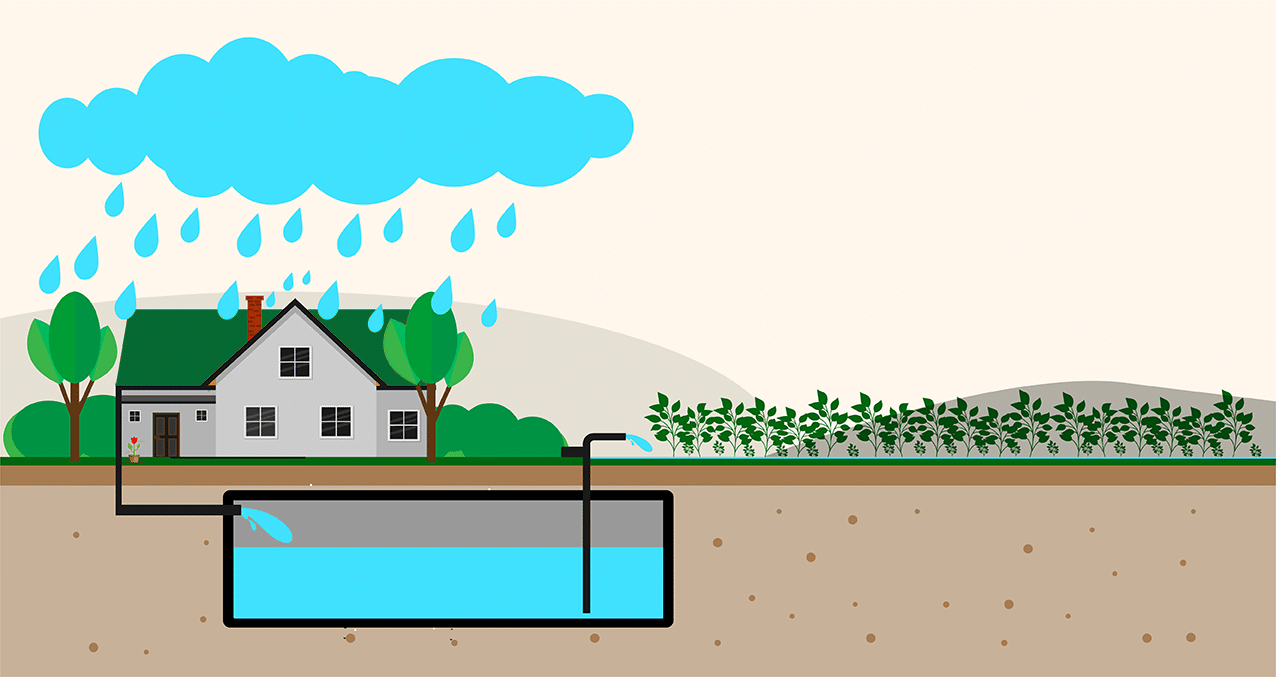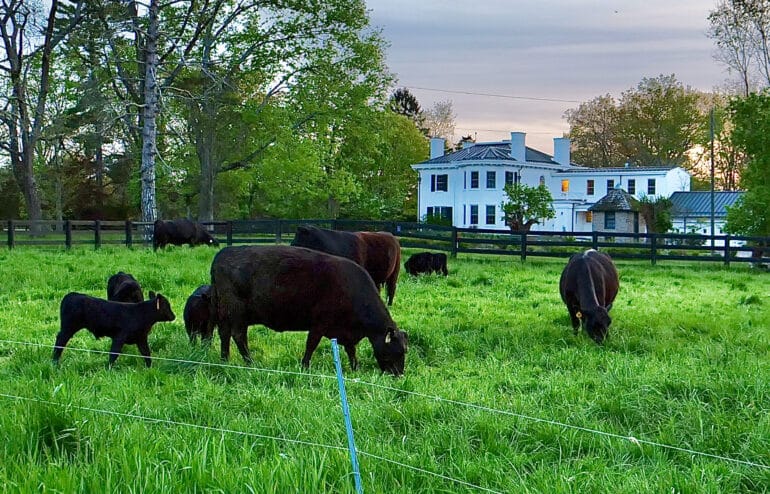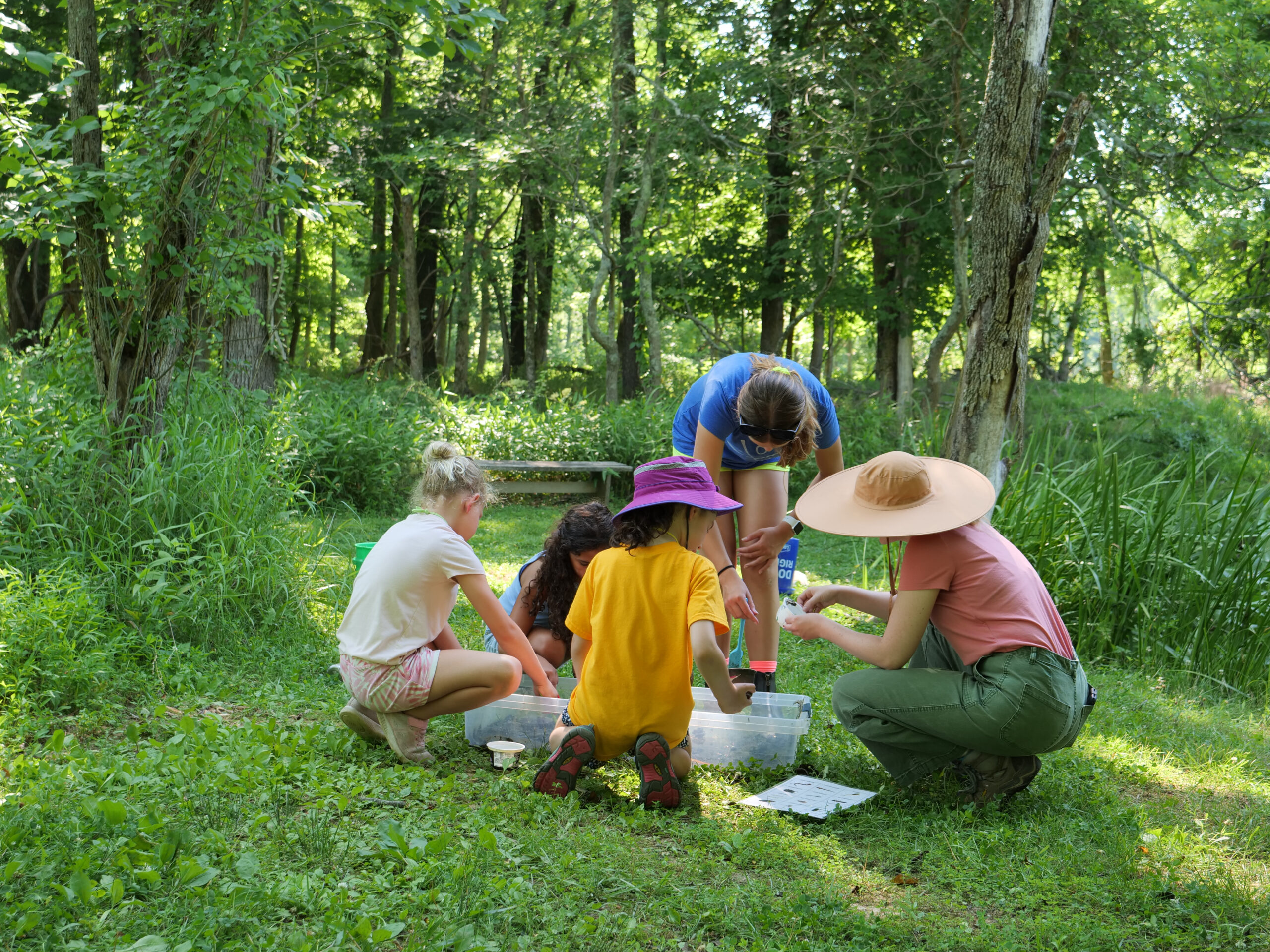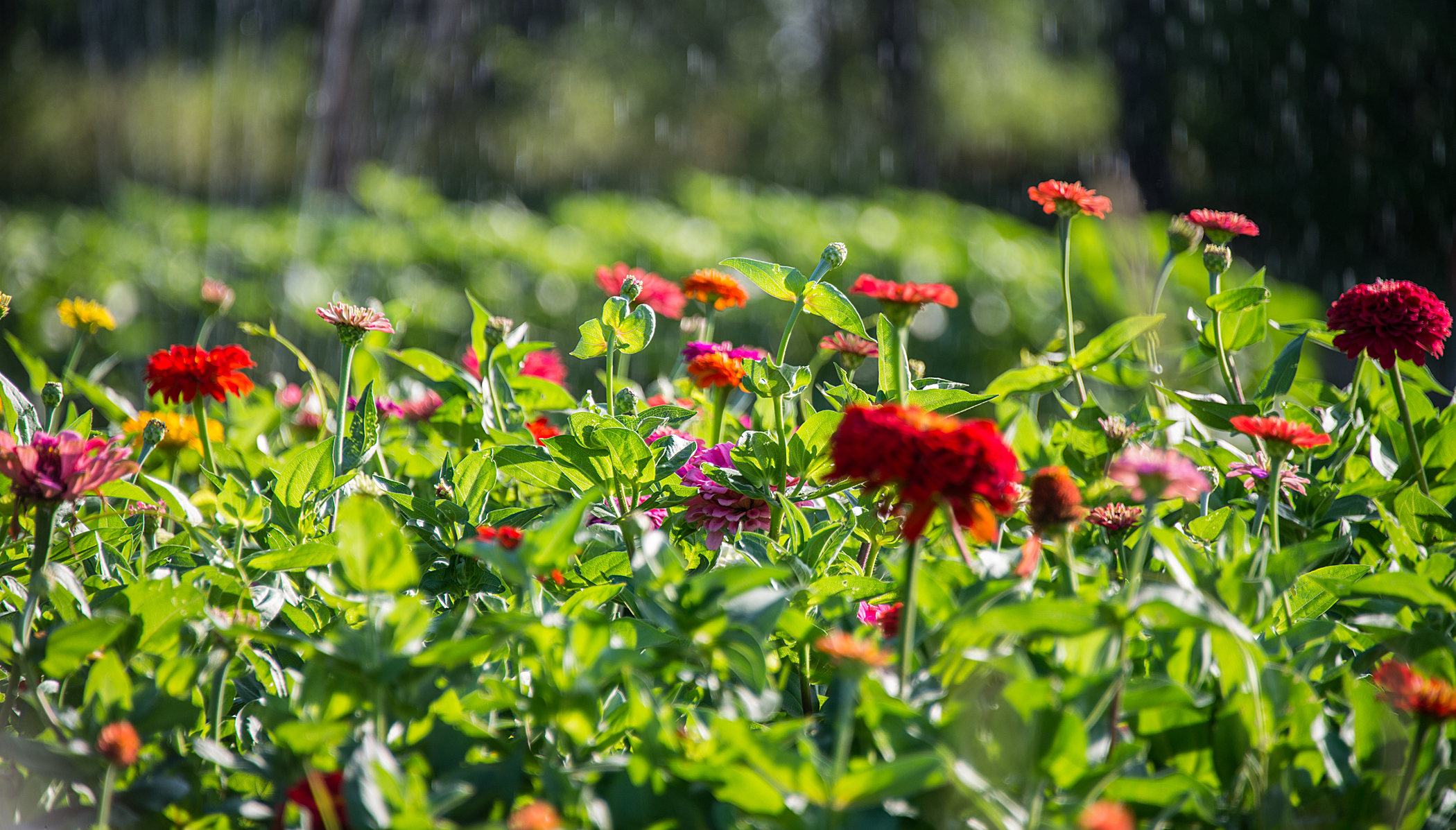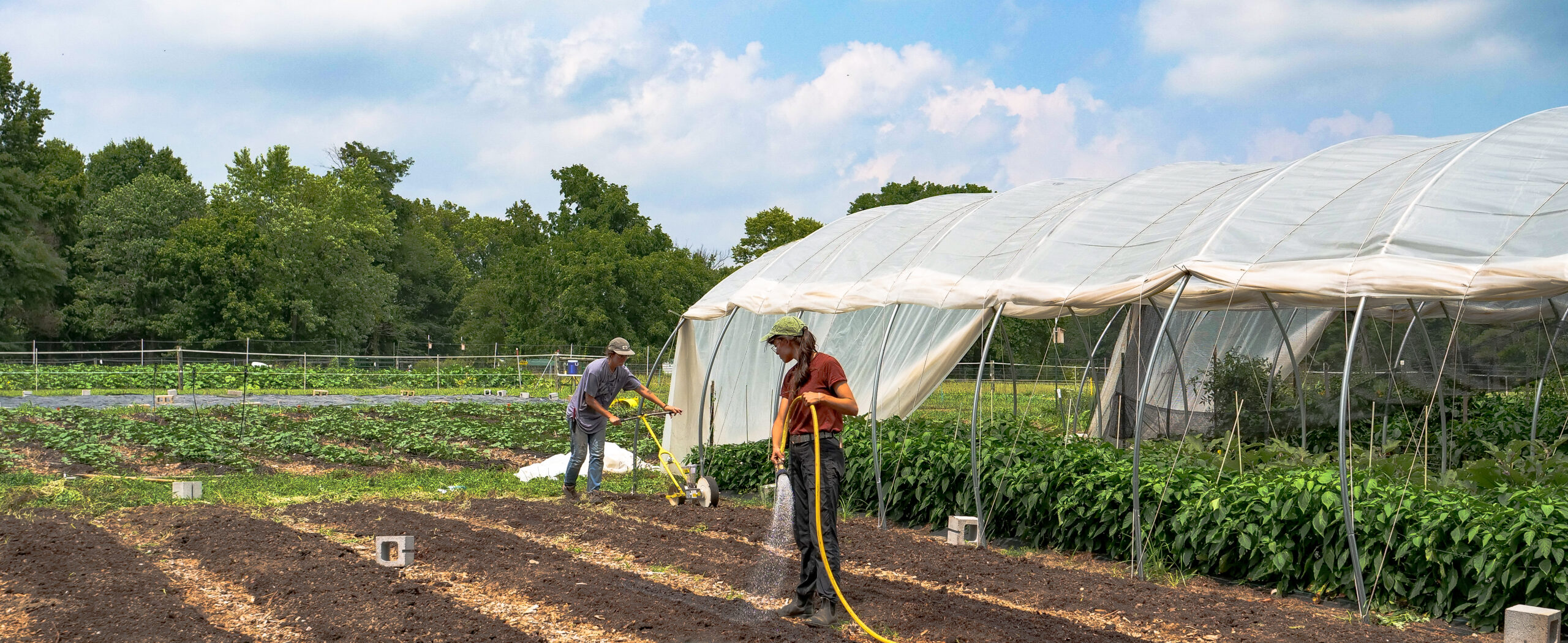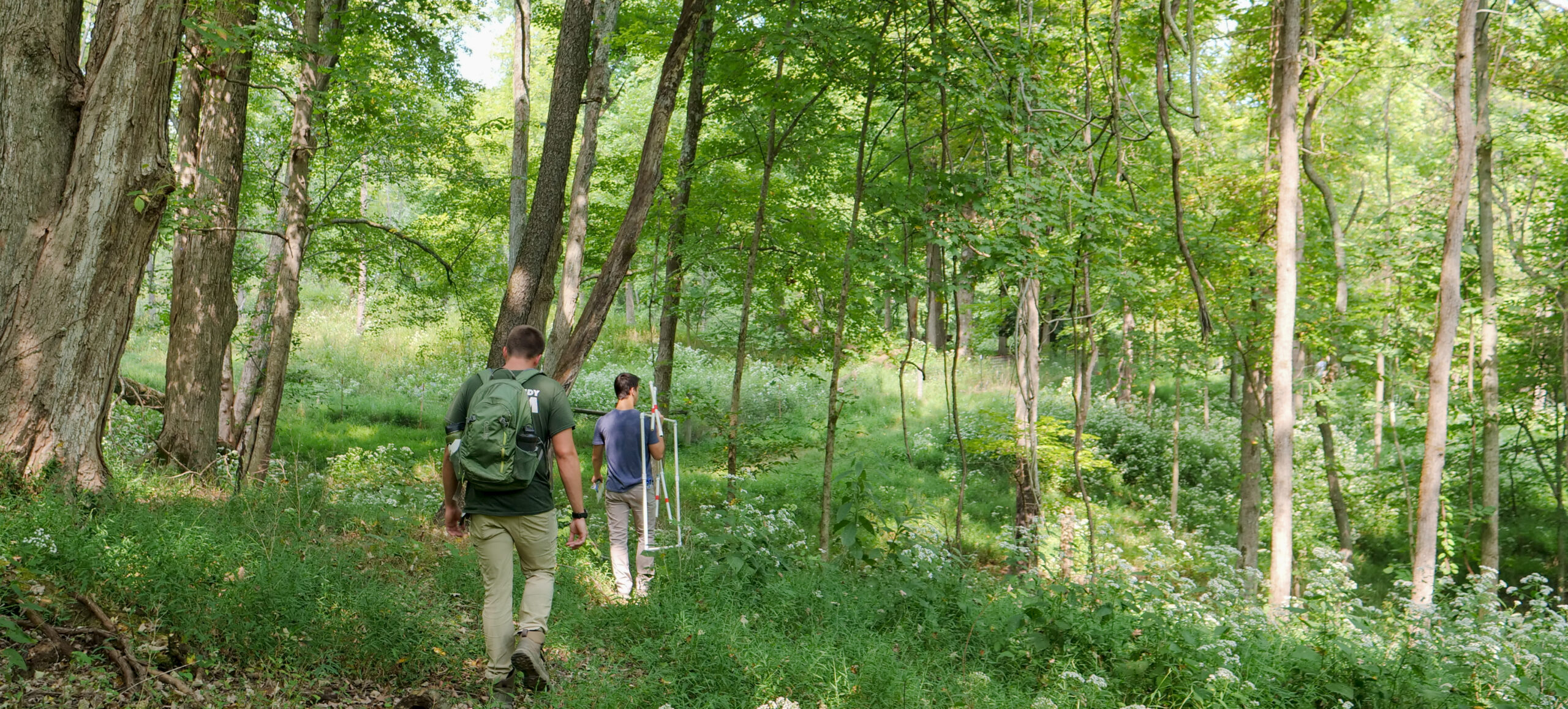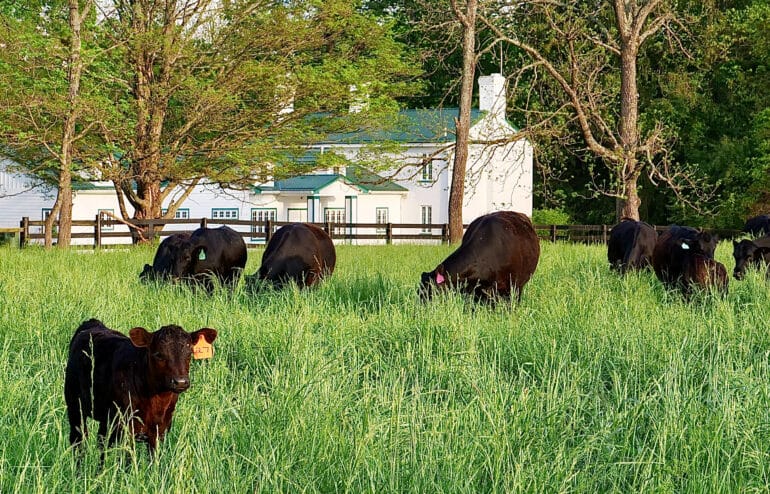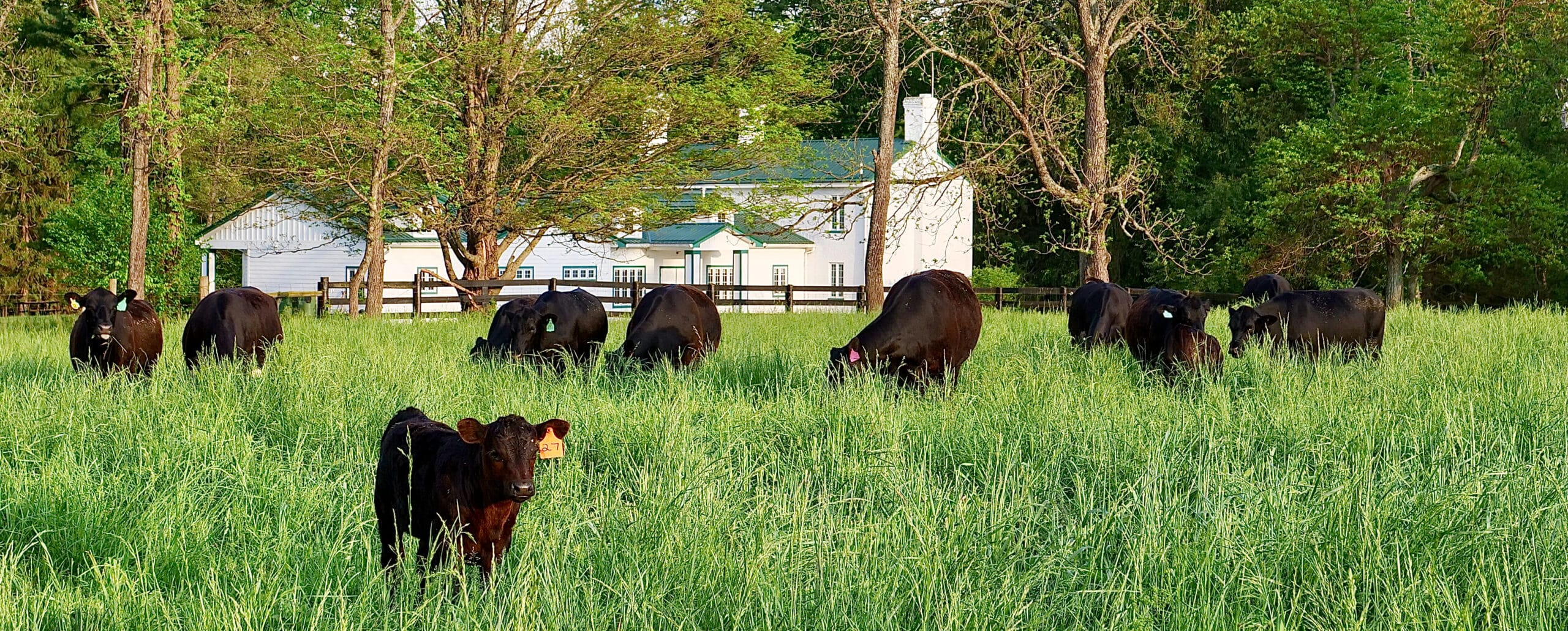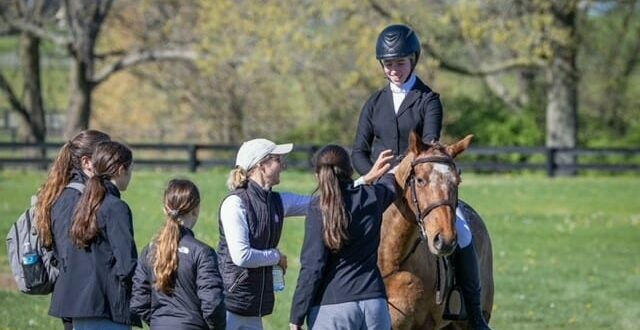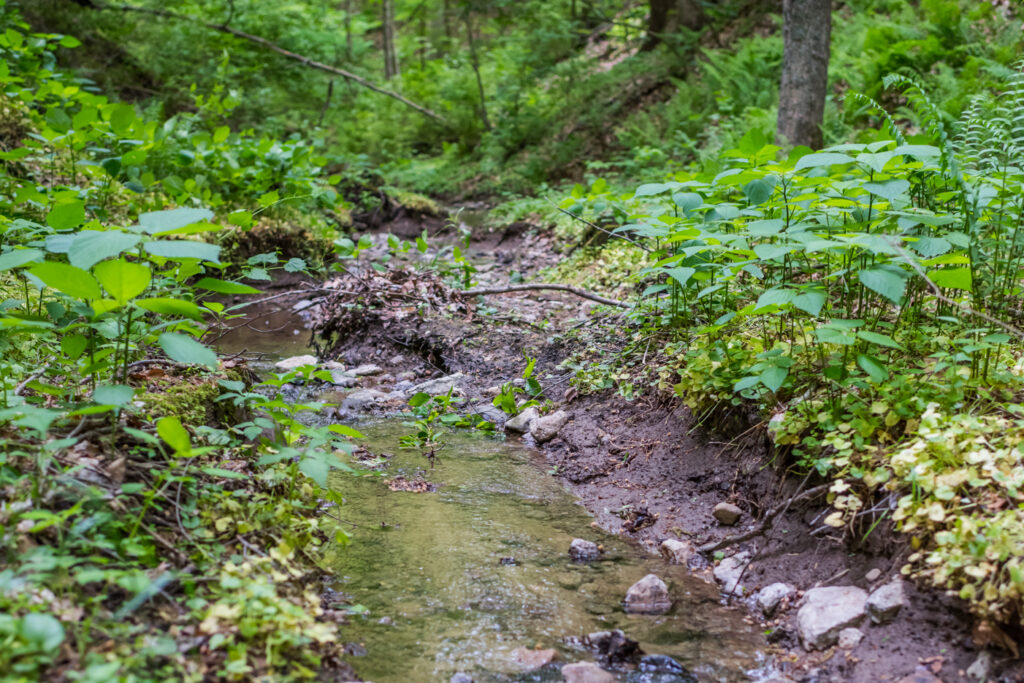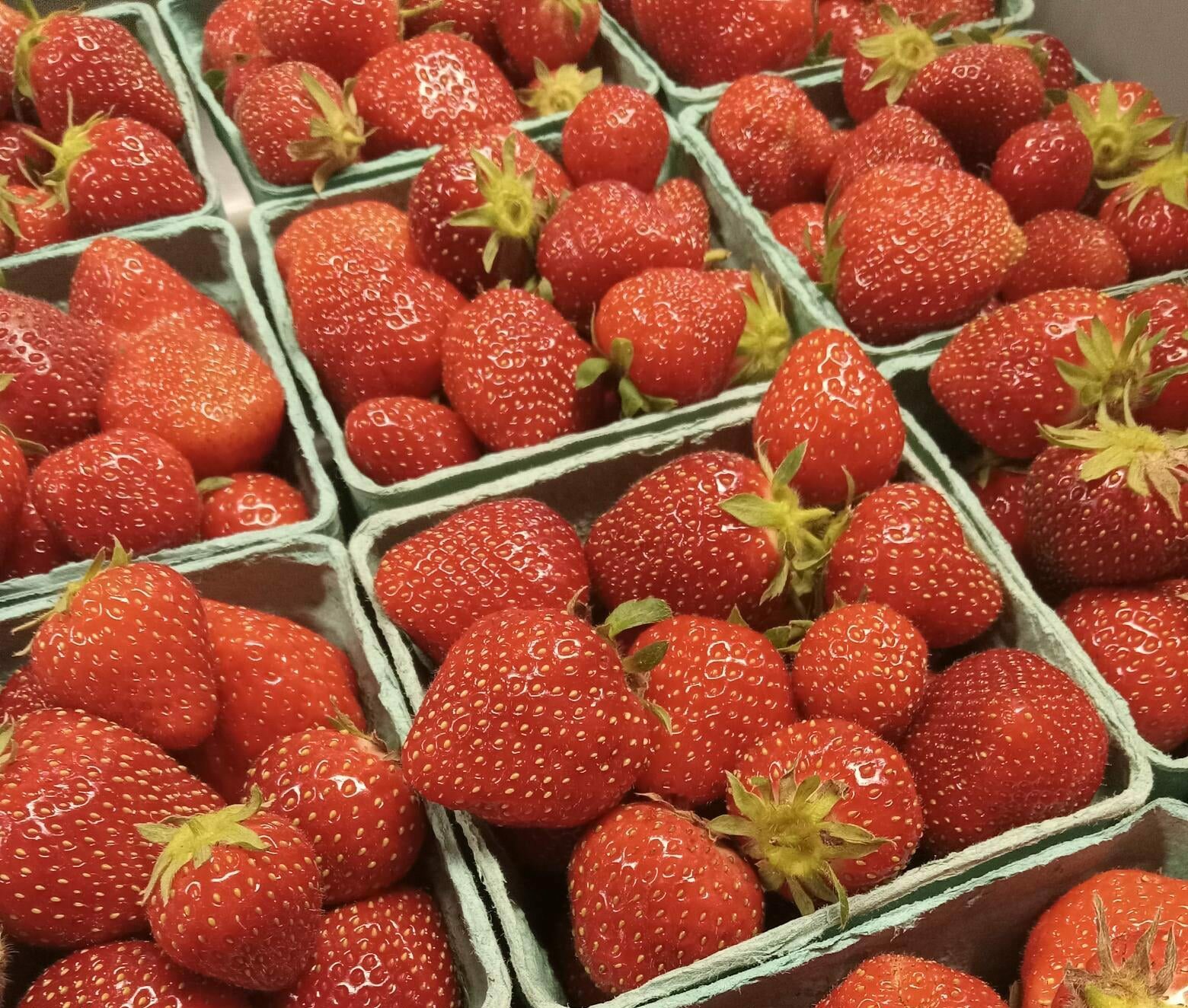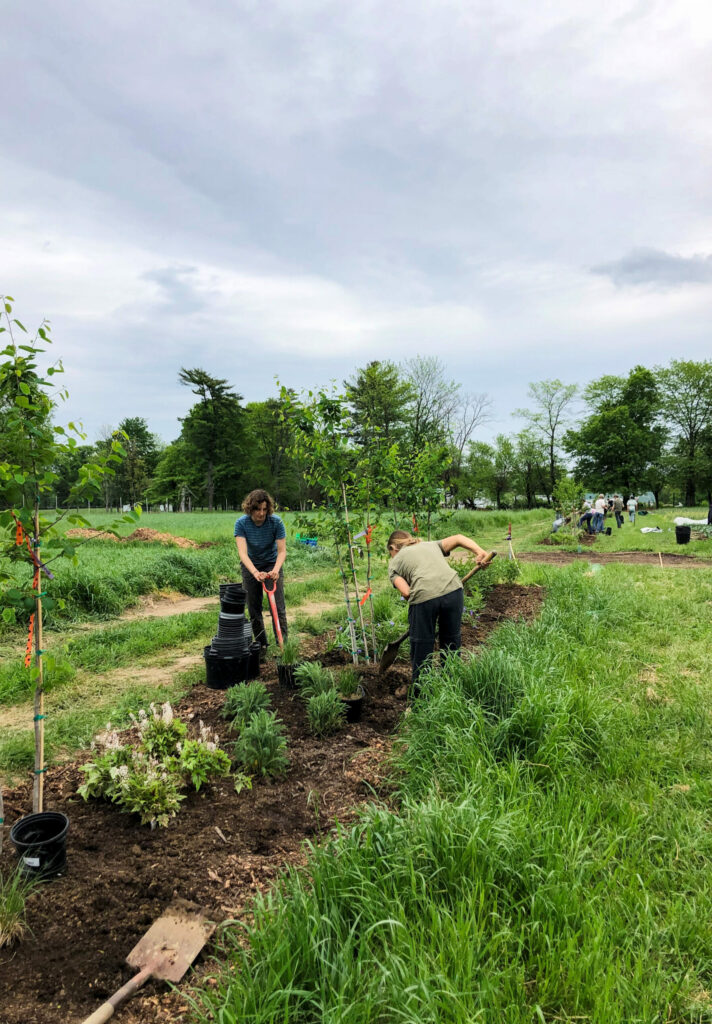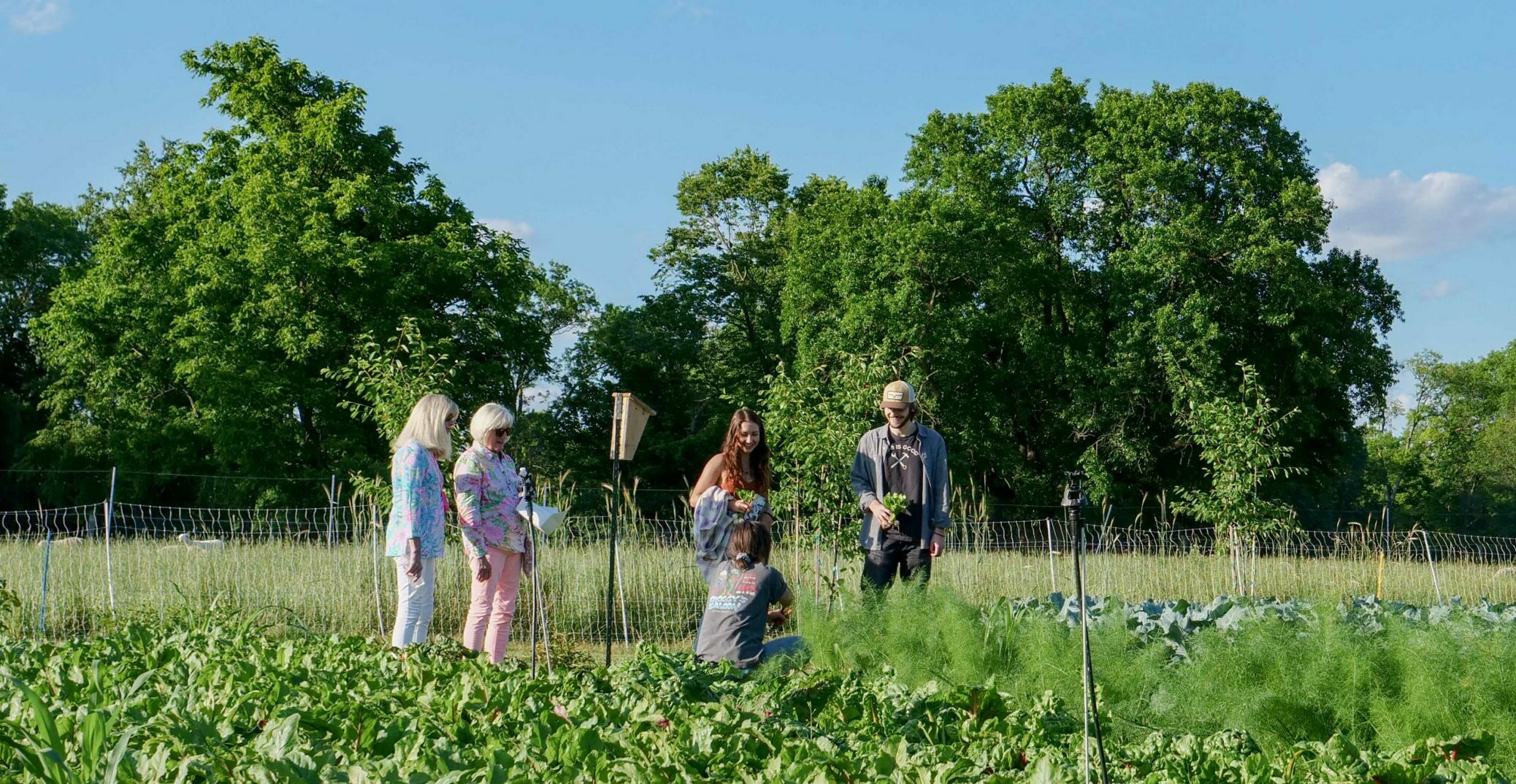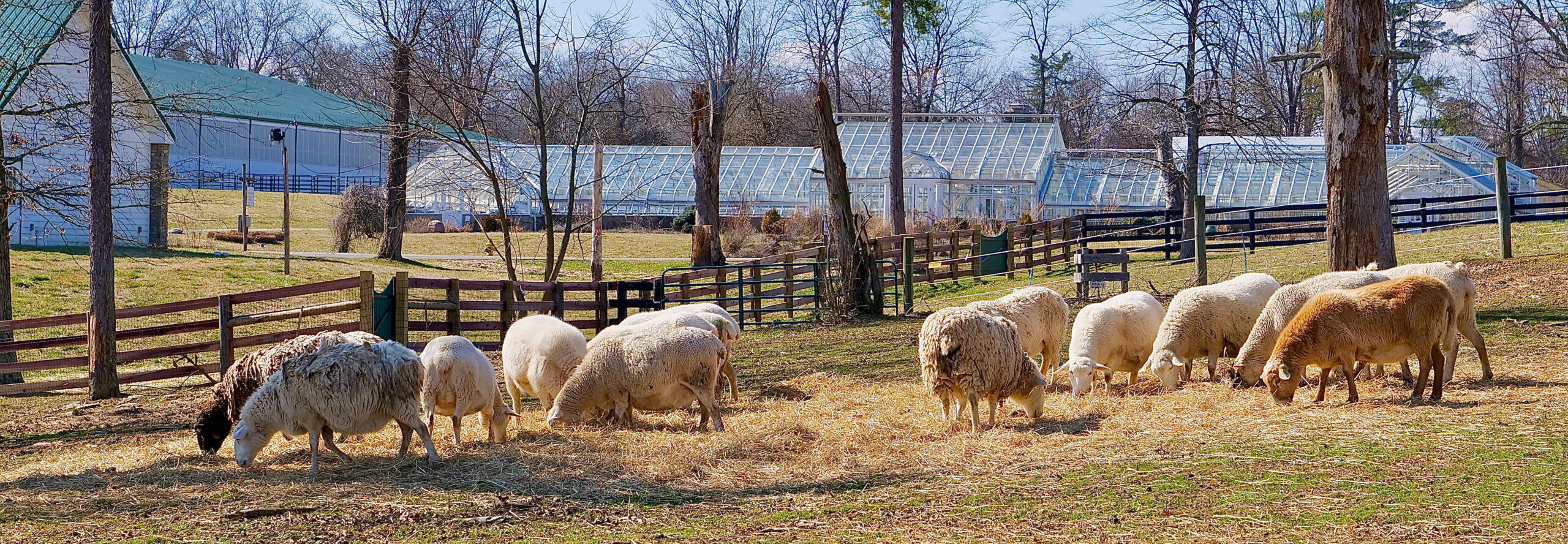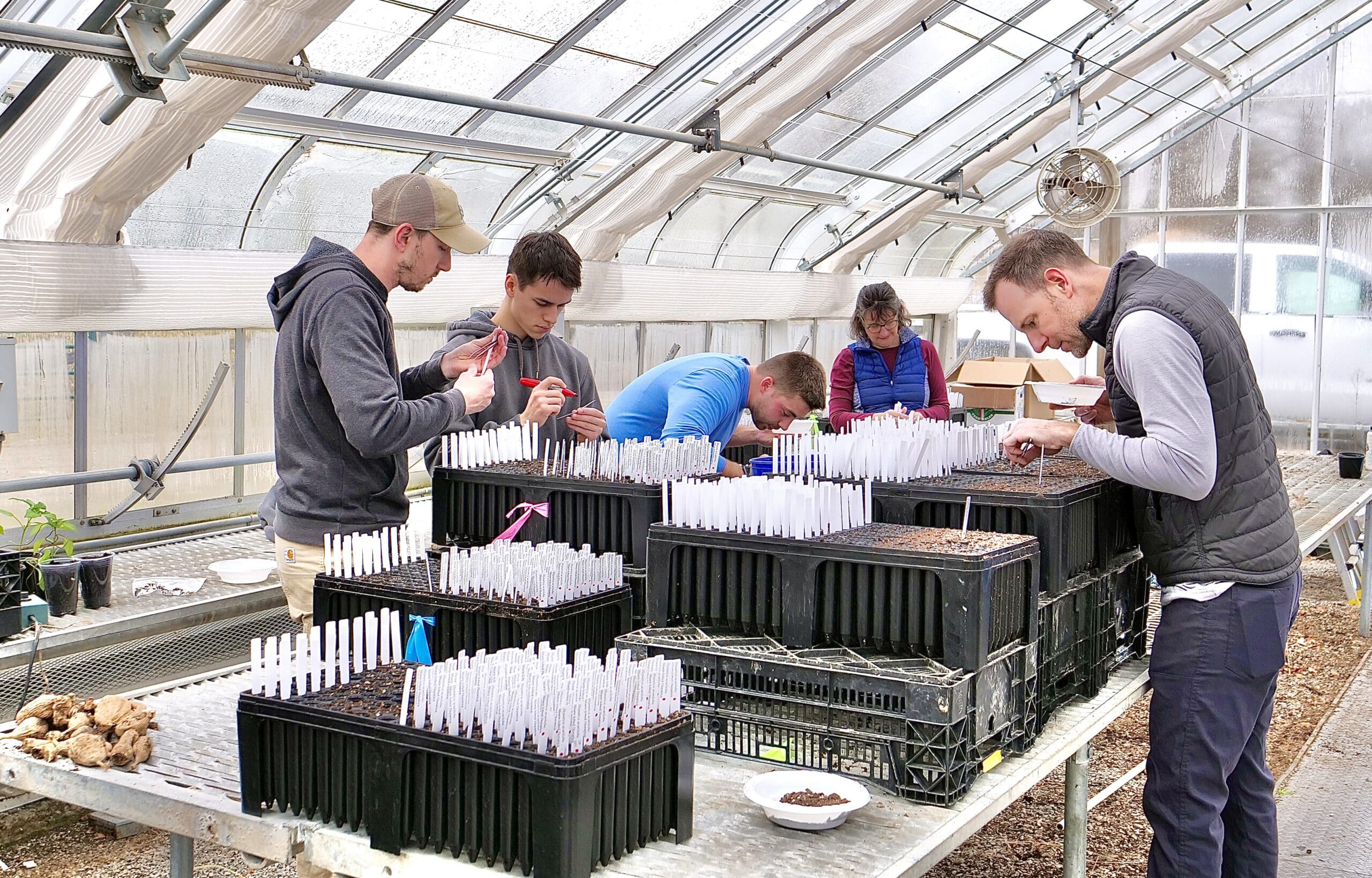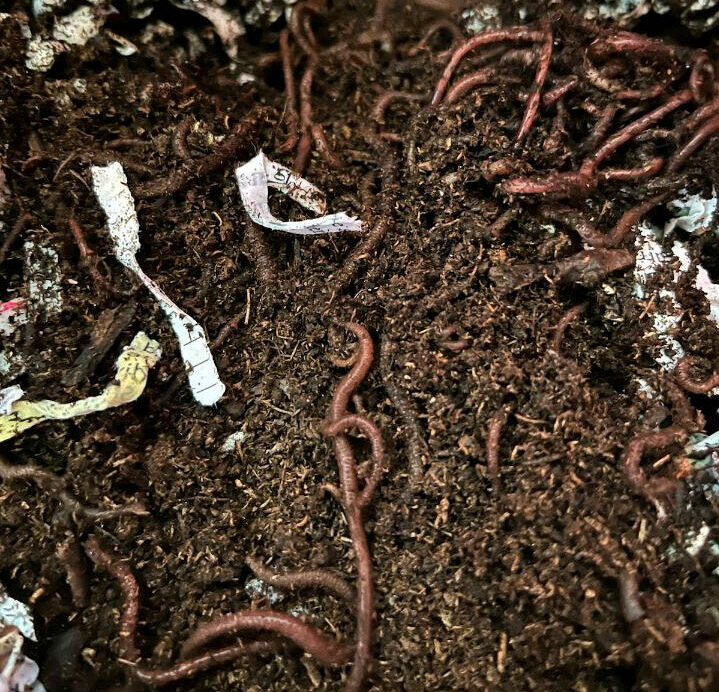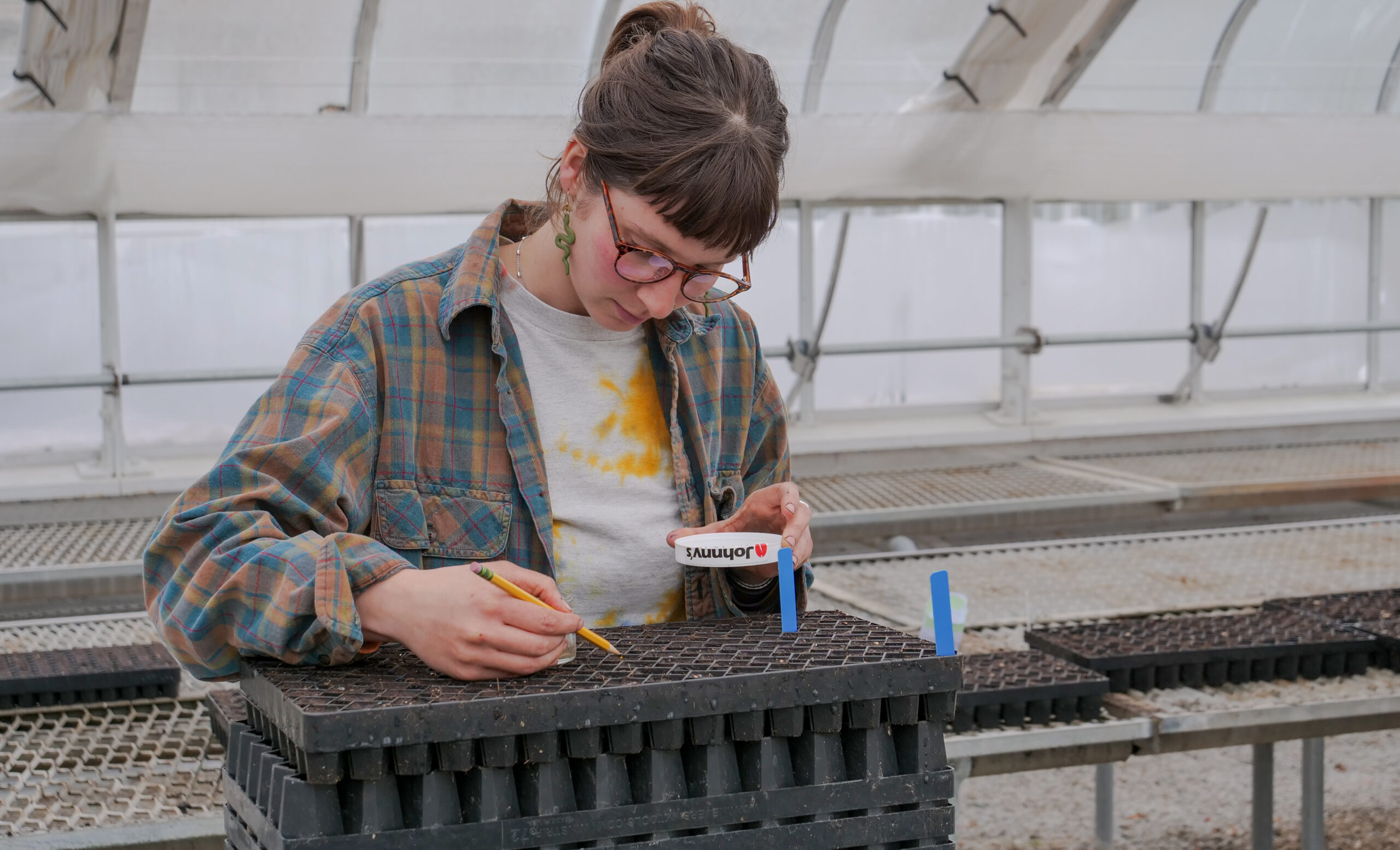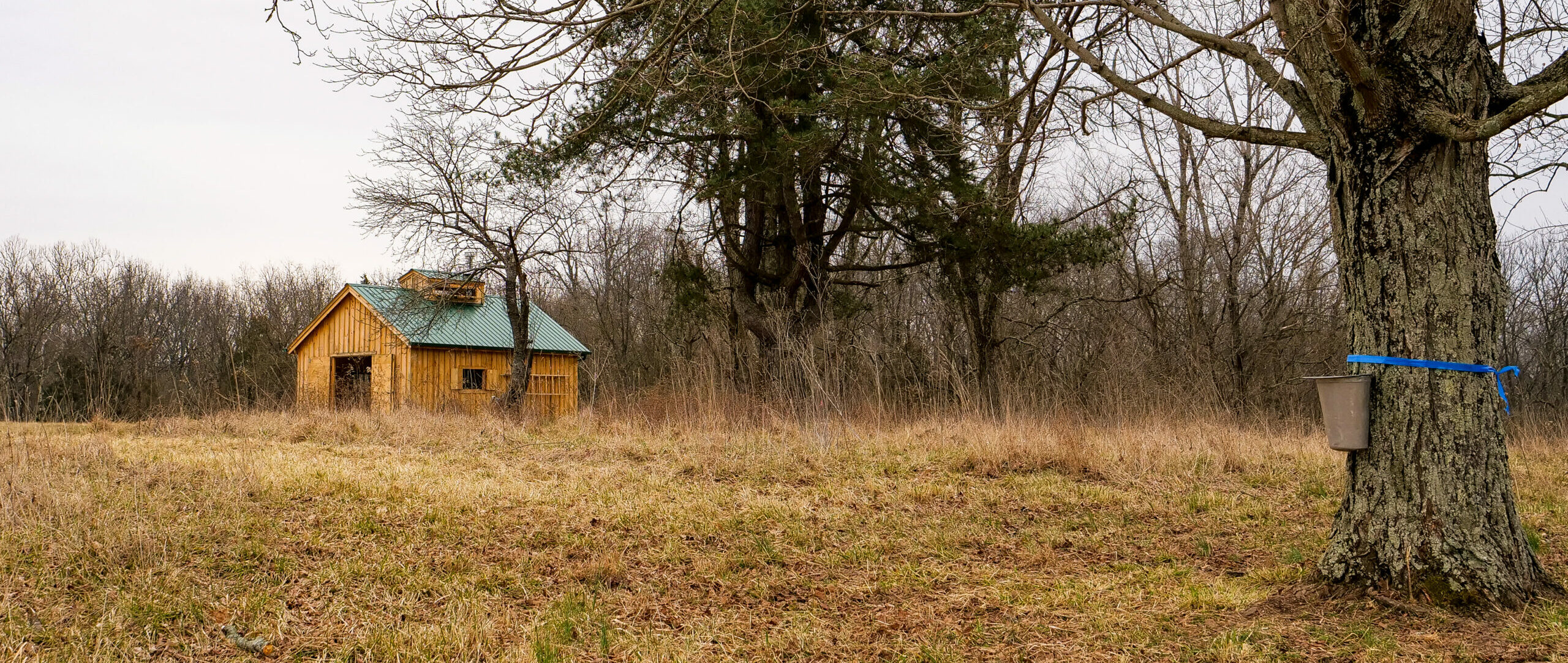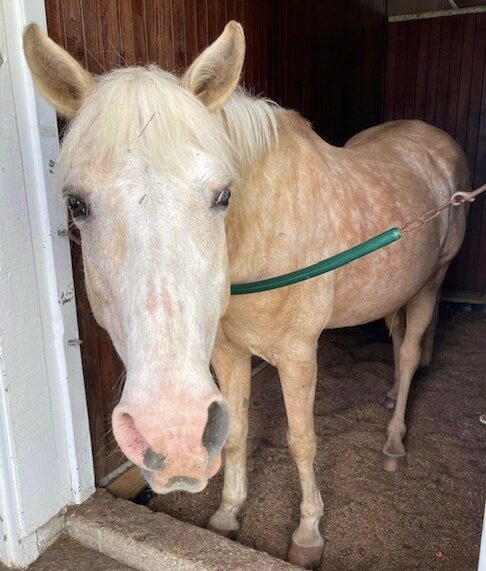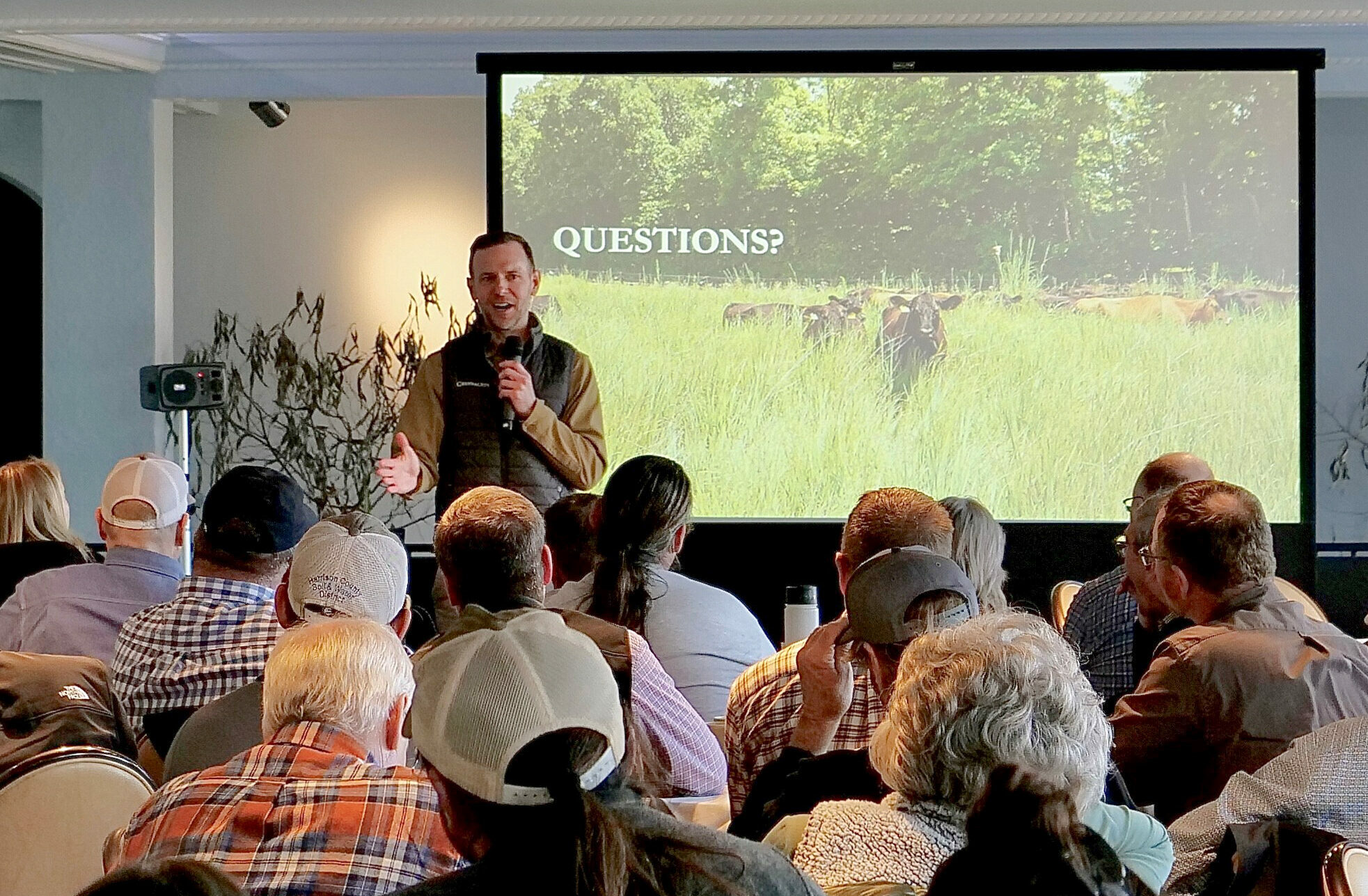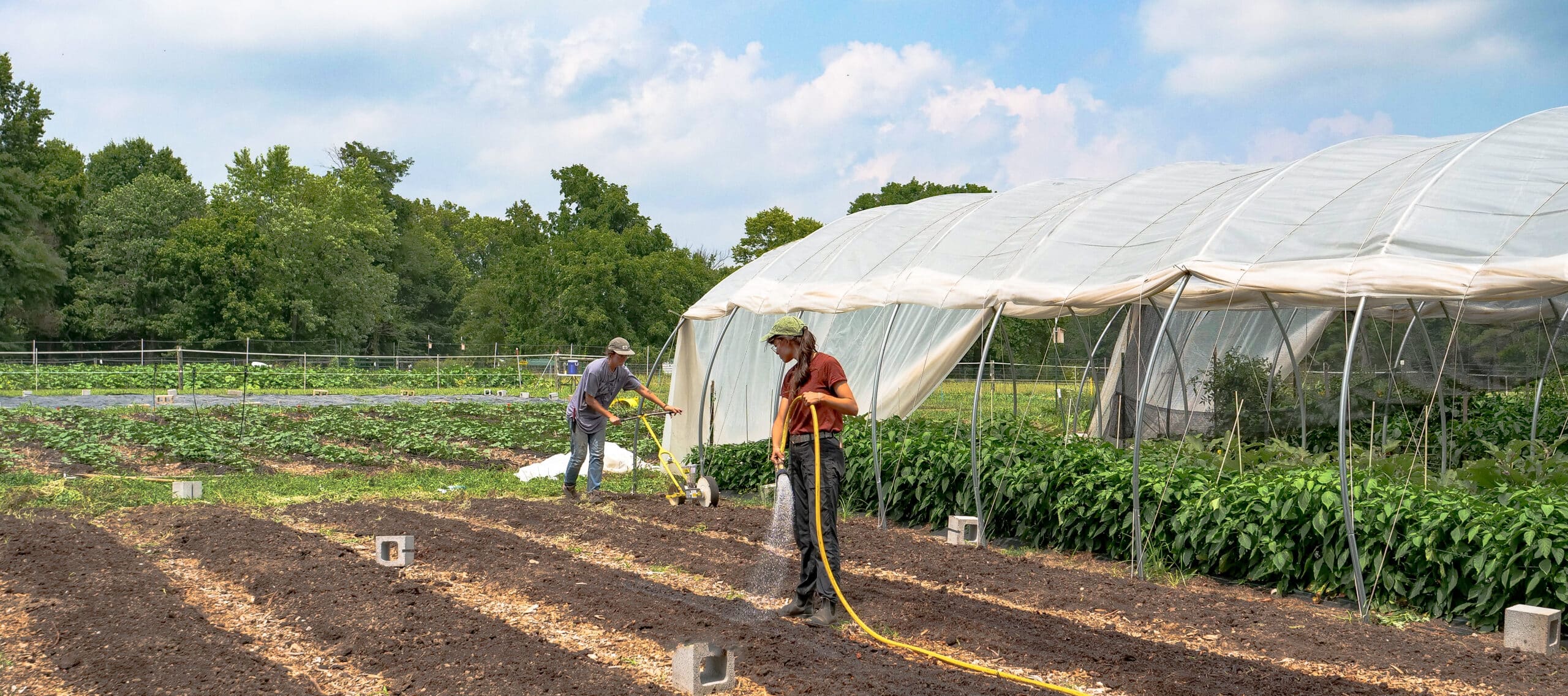
Weathering the drought
Harvesting Water, Nurturing Life
At Greenacres, we’re committed to practices that not only benefit our land, animals, and community but also help us weather challenging conditions, like the current short-term drought we’re experiencing in Indian Hill. Our robust water management system is a key part of this effort, and we’re constantly working to improve it.
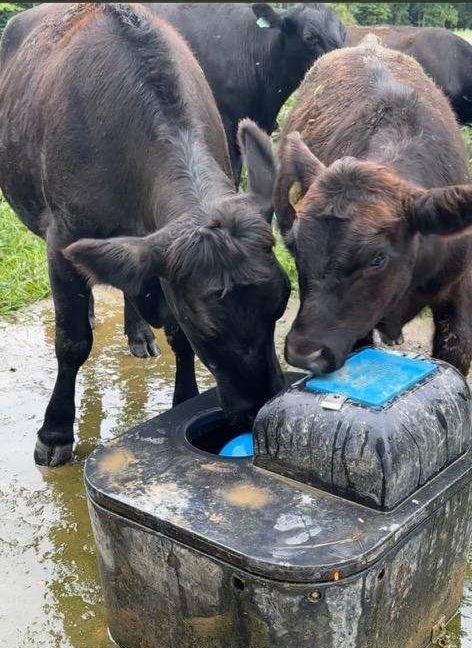
Our Indian Hill campus features underground cisterns with a total capacity of 19,000 gallons, alongside four ponds covering a quarter of an acre each. These cisterns connect to an extensive network of underground pipelines, delivering essential non-potable water to our livestock and supporting the irrigation needs of our greenhouse and Ley field garden. This system of pipes and cisterns is not connected to the Indian Hill potable water system.
This system allows us to meet most of our agricultural water needs independently, reducing our reliance on external sources and creating resilience during periods of low rainfall. Using these resources efficiently allows us to maintain the health of our livestock and crops, even when nature falls short. It’s just one of the many ways we stay true to our mission of sustainable, responsible land stewardship.
How do our underground cisterns work?
Our underground cisterns collect rainwater from the larger rooflines on our property, such as those on the riding arena and Nippert Barn. These roofs, made from corrugated sheet metal instead of traditional asphalt, direct rainwater through downspouts into the cisterns. The choice of metal roofing is intentional—it prevents contamination that asphalt runoff could cause, ensuring the water remains useable. Once stored in the cisterns, the water is distributed through underground feeder lines using water pressure, supplying spigots for our animals and irrigation lines for our greenhouse and gardens.
